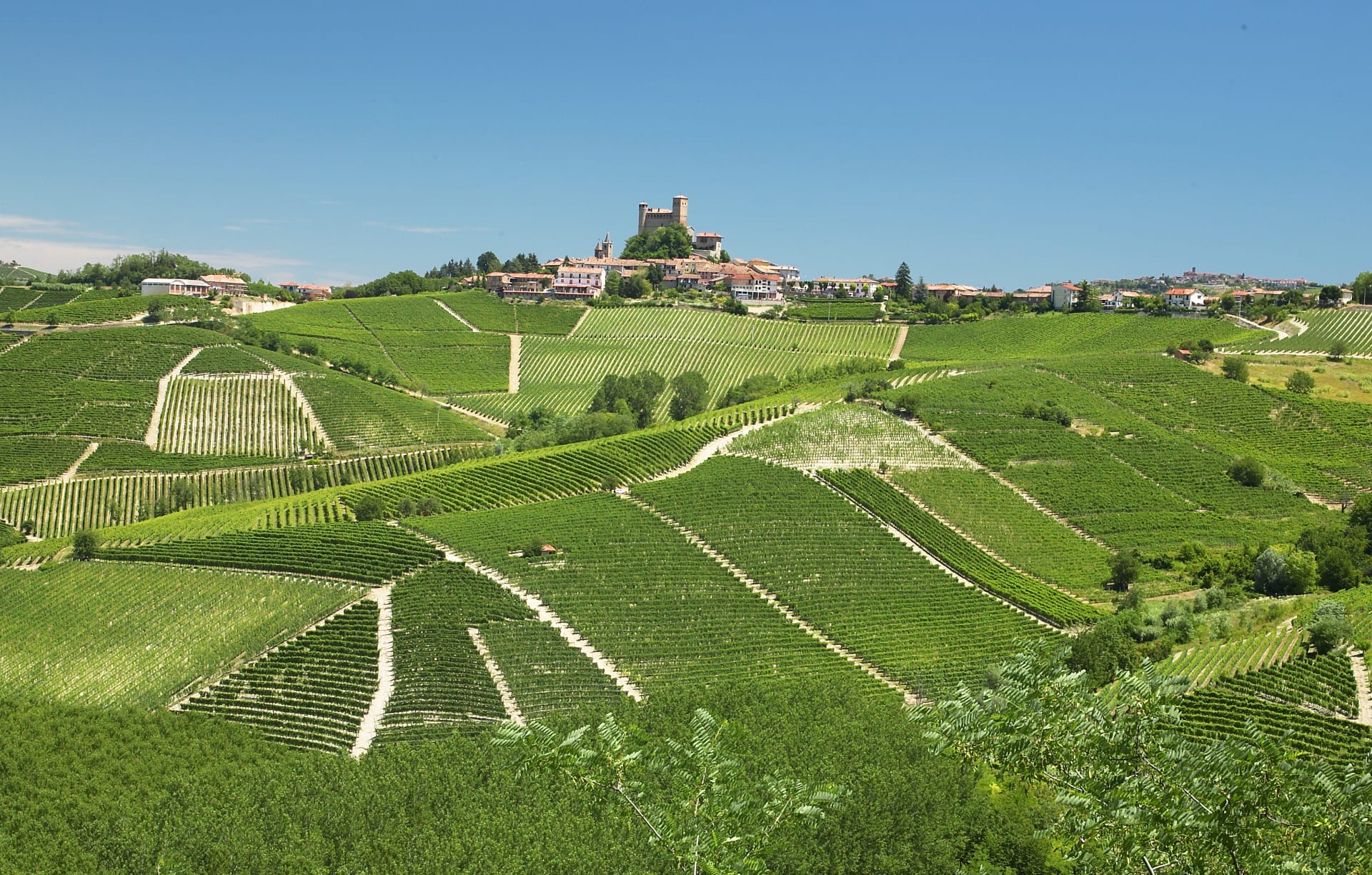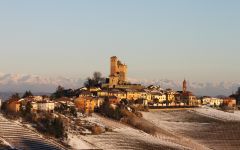Massolino Vigna Parafada Barolo (1.5 Liter Magnum) 2005
-
Robert
Parker -
Wine &
Spirits -
Wine
Spectator -
Wine
Enthusiast


Product Details
Your Rating
Somm Note
Winemaker Notes
Professional Ratings
-
Robert Parker's Wine Advocate
The 2005 Barolo Parafada is gorgeous in this vintage. The Parafada is the only Barolo here that sees French oak, and although the estate has lowered the percentage of new oak, the smaller barrels give this wine an explosive quality that is all its own. In 2005 the Parafada is all about textural richness rather than delineation, but it reveals an enveloping, sensual personality with attractive warmth that carries through all the way to the long, smooth finish. This beautifully balanced, sublime Barolo is another wonderful effort from the Massolino brothers. Anticipated maturity: 2012-2025.
-
Wine & Spirits
Parafada often straddles the line between masculine and feminine Barolo, combining the powerful tannin of Serralunga with the silky, rich fruit often found in other communes. In '05 it balances generous flavors of plum and rose with high-toned acidity and a cooling note of damp earth and truffles. Cellar it for up to ten years before decanting a bottle with braised short ribs.
-
Wine Spectator
Highly perfumed, with sweet strawberry and cherry aromas that follow through to a full body, with balanced, silky tannins and a pretty finish. Delicate yet structured.
-
Wine Enthusiast
Parafada offers a bouquet of prickly fruit such as wild berry, bramble and underbrush. You’ll also recognize pretty tones of white truffle, moist earth, new leather and coffee. The wine is bright but still raw in the mouth and ends with mineral notes, a blast of menthol and an interesting powdery texture.
Other Vintages
2019-
Robert
Parker -
Wine
Spectator -
James
Suckling
-
Wine &
Spirits -
Wine
Enthusiast -
Wine
Spectator -
Robert
Parker
-
Robert
Parker -
Wine
Enthusiast -
Wine
Spectator
-
Wine
Enthusiast -
James
Suckling -
Robert
Parker -
Wine
Spectator - Decanter
-
Wine
Enthusiast -
James
Suckling -
Wine
Spectator -
Robert
Parker -
Wine &
Spirits
-
Wine
Spectator -
Robert
Parker -
James
Suckling
-
Wine
Spectator -
Wine
Enthusiast -
Robert
Parker -
James
Suckling
-
Wine
Spectator -
Robert
Parker -
James
Suckling
-
Wine
Spectator





The history of the Massolinos and their wine became entwined with the history of Serralunga d’Alba in 1896, when Giovanni Massolino founded the estate. An enterprising, tenacious, and creative man, Giovanni was the very first person to bring electricity to the village. Giovanni’s son, Giuseppe, built Massolino’s first wine cellar, extended the estate into the best soils, and in 1934 founded the Consortium for the Defence of Barolo and Barbaresco. Three of Giovanni’s children later followed in his footsteps, expanding the estate with the purchase of cru vineyards which are authentic jewels: Margheria, Parafada, and Vigna Rionda. In the 1990s, Franco and Roberto, both oenologists, joined the family estate. Their work condenses the experience of an entire family and the ambition of a new generation, determined to make an important contribution to the innovation of oenological and agronomical techniques and to the image of the estate in Italy and abroad. Massolino makes wine with passion in its land of origin, preserving the typical characteristics of indigenous grape varieties. Central to the winery’s philosophy is the conviction that there is a deep, tangible link between the vines, hills, and winegrowers, whose connection and affinity to the land grows more profound with each passing year.

Responsible for some of the most elegant and age-worthy wines in the world, Nebbiolo, named for the ubiquitous autumnal fog (called nebbia in Italian), is the star variety of northern Italy’s Piedmont region. Grown throughout the area, as well as in the neighboring Valle d’Aosta and Valtellina, it reaches its highest potential in the Piedmontese villages of Barolo, Barbaresco and Roero. Outside of Italy, growers are still very much in the experimentation stage but some success has been achieved in parts of California. Somm Secret—If you’re new to Nebbiolo, start with a charming, wallet-friendly, early-drinking Langhe Nebbiolo or Nebbiolo d'Alba.

The center of the production of the world’s most exclusive and age-worthy red wines made from Nebbiolo, the Barolo wine region includes five core townships: La Morra, Monforte d’Alba, Serralunga d’Alba, Castiglione Falletto and the Barolo village itself, as well as a few outlying villages. The landscape of Barolo, characterized by prominent and castle-topped hills, is full of history and romance centered on the Nebbiolo grape. Its wines, with the signature “tar and roses” aromas, have a deceptively light garnet color but full presence on the palate and plenty of tannins and acidity. In a well-made Barolo wine, one can expect to find complexity and good evolution with notes of, for example, strawberry, cherry, plum, leather, truffle, anise, fresh and dried herbs, tobacco and violets.
There are two predominant soil types here, which distinguish Barolo from the lesser surrounding areas. Compact and fertile Tortonian sandy marls define the vineyards farthest west and at higher elevations. Typically the Barolo wines coming from this side, from La Morra and Barolo, can be approachable relatively early on in their evolution and represent the “feminine” side of Barolo, often closer in style to Barbaresco with elegant perfume and fresh fruit.
On the eastern side of the Barolo wine region, Helvetian soils of compressed sandstone and chalks are less fertile, producing wines with intense body, power and structured tannins. This more “masculine” style comes from Monforte d’Alba and Serralunga d’Alba. The township of Castiglione Falletto covers a spine with both soil types.
The best Barolo wines need 10-15 years before they are ready to drink, and can further age for several decades.
